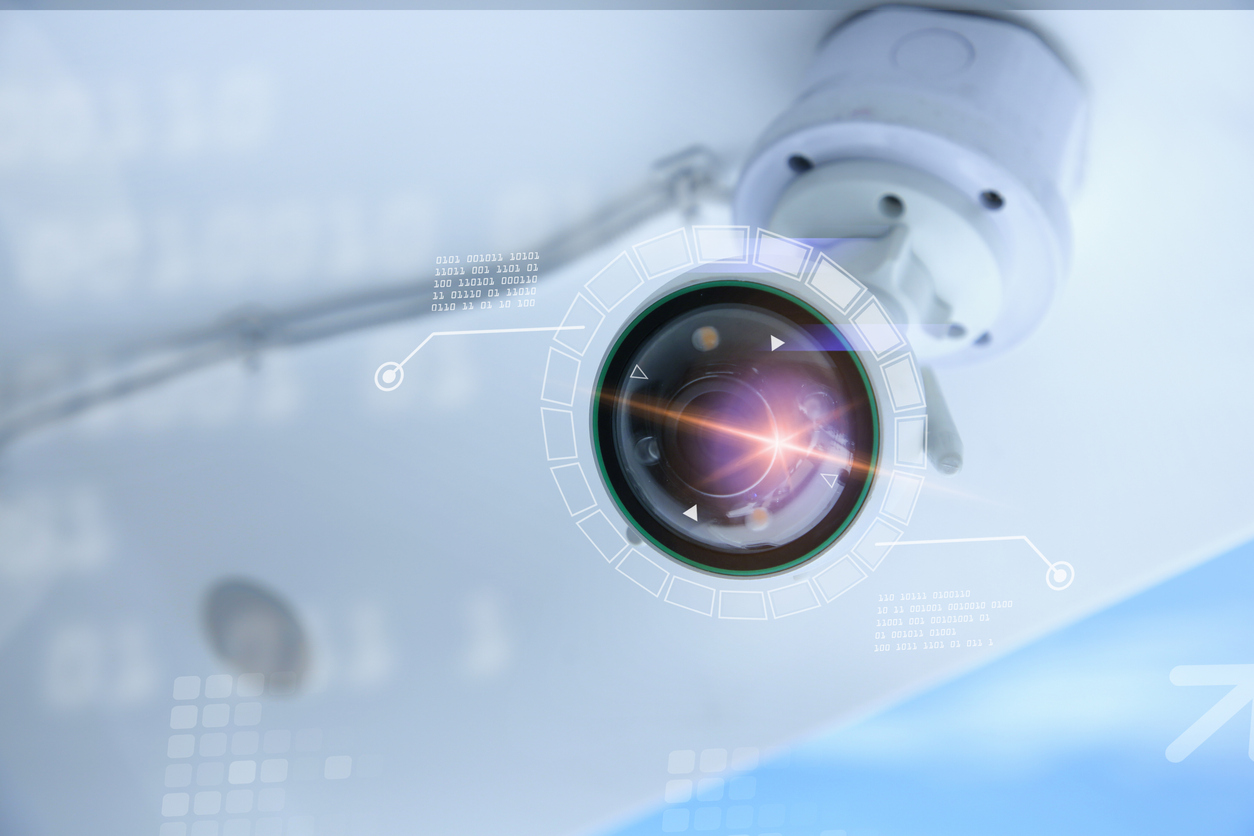In a digitized era where data and assets have become invaluable, modern businesses grapple with emerging security challenges. The silver lining? Evolutions in technology have paved the way for cutting-edge security solutions. This guide demystifies remote monitoring security services, guiding professionals to select the best fit for their enterprise.
Understanding Remote Monitoring Security
At its core, remote monitoring utilizes cameras and sensors linked to a central system, which remotely observes and acts upon potential threats at your facility. The integration of cloud storage, real-time threat alerts, and audio interventions sets this system apart.
From rudimentary CCTVs to today’s AI-supported surveillance systems, the journey has been transformative. Advancements in internet speed and connectivity have propelled the effectiveness of remote monitoring, and provides us with opportunities to further benefit from reduced costs with greater protection.
As businesses experience challenges from cyber threats that could translate to physical breaches, the mandate for 24/7 vigilance has skyrocketed. Remote monitoring, offering round-the-clock protection, is the modern sentinel every enterprise needs.
Key Features to Look For
In the dynamic landscape of security, certain features stand out as vital pillars for ensuring top-tier protection. First and foremost is 24/7 continuous surveillance, acting as an unwavering sentinel that watches over every inch of your premises, even in the quietest hours.
The brilliance of one-way audio deterrence cannot be understated. It swiftly communicates warnings, bypassing the potential complications that two-way interactions might introduce, thereby sidestepping any inadvertent escalation.
Then, there’s the prowess of integrated motion detection. Designed for quick, sharp responses, it immediately spots unauthorized movements, setting the stage for prompt interventions.
On the data front, cloud storage emerges as the guardian of surveillance footage. It not only shields recorded data from any tampering attempts but also ensures it’s readily accessible when the need arises.
Lastly, given the swift evolution of today’s businesses, the ability of a security system to scale and be customized is imperative. Such flexibility ensures the system remains resilient, prepared, and in-step with both current and impending security challenges. Together, these features not only bolster immediate security but also strategically position businesses for the challenges of tomorrow.
The Technical Backbone: Innovations Driving Remote Monitoring
The inclusion of AI drastically reduces false alarms by distinguishing between genuine threats and benign activities, making the system astutely intelligent.
With options ranging from ultra-HD to panoramic views, businesses can choose the precise visual coverage they require.
Your security system shouldn’t operate in isolation but should synchronize with other business systems, from fire alarms to access controls.
Key Considerations
Deciding Between In-House vs. Outsourced Remote Monitoring
Managing an in-house team provides control but demands resource allocation and regular training. Conversely, outsourced solutions come with expertise but may offer less customization.
Regulatory and Compliance Considerations
It’s pivotal to ensure that your security setup aligns with industry-specific regulations. Especially in sectors like healthcare or finance, non-compliance can result in hefty penalties.
How to Evaluate Service Providers
When partnering with a vendor, their historical performance, technological competence, responsiveness, and client feedback should be scrutinized. A hands-on demo can be invaluable in gauging their capability.
Cost Analysis: Getting the Most Bang for Your Buck
While cost-effectiveness is essential, it should never come at the expense of quality. Gauge the potential financial fallout from security breaches against the investment in a top-tier system.
The horizon promises even more groundbreaking innovations. From IoT-powered integrations to predictive threat analytics, the future of remote monitoring is dynamic. Staying on top of security trends and working with professionals in the industry who are solving a myriad of problems for other clients is a great way of finding the best solutions for your business.
Security isn’t a static need but an evolving mandate. In a volatile business landscape, fortifying your assets with advanced remote monitoring isn’t just a strategy—it’s an imperative.


